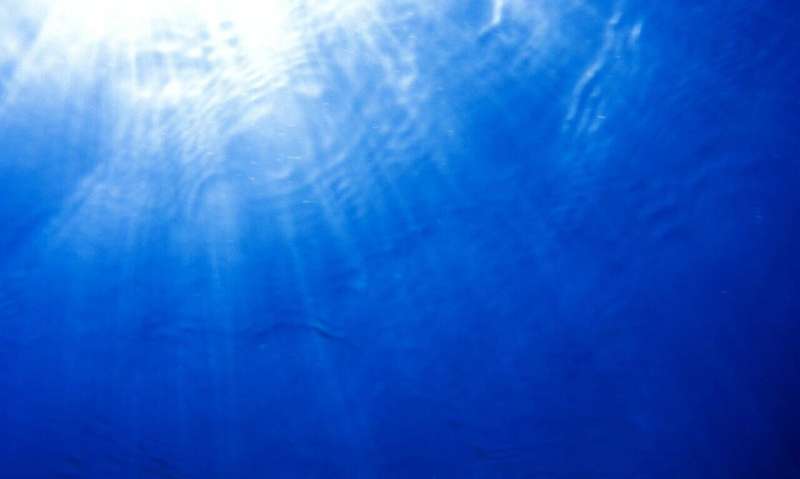Marine extremophiles: The basal level of the food chain

In nutrient-poor deep-sea sediments, microbes belonging to Archaea have outcompeted bacterial microorganisms for millions of years. Efficiently scavenging dead cells makes them the basal producers in the food chain.
Archaea constitute a group of unicellular microorganisms that are primarily known as highly versatile denizens of extremely demanding habitats. Under light microscope, they look very much like bacteria, but the two groups differ markedly from each other in many respects. In particular, there are important differences between them with respect to their metabolic capabilities, and these largely determine which ecological niches they can exploit. Researchers led by Professor William Orsi of the Department of Earth and Environmental Sciences at Ludwig-Maximilians-Universitaet (LMU) in Munich, in cooperation with American colleagues from the Deep Life Community, have now discovered that species of Archaea have not only managed to survive for many millions of years in sediments far below the floor of the open ocean, but that they cope with the difficult living conditions in the subseafloor biosphere far better than bacteria do. The new findings suggest that these adaptable Archaea are likely to play an important role in the geochemical carbon and nitrogen cycles in this enormous ecosystem. The study appears in the online journal Science Advances.
Sediments deposited in the oceans near continental margins often exhibit low levels of oxygen, because large amounts of organic carbon are constantly being exported to the seafloor. The organic carbon is rapidly metabolized by microorganisms, and this process consumes all the available oxygen. In the open ocean, however, the main source of organic nutrients in the seafloor is made up of dead organisms that inexorably sink to the seafloor. This in turn means that far less organic carbon is available for metabolism, and consequently the oxygen in the sediments below the seafloor is preserved. "Modeling studies suggest that between 10 and 40 percent of these sediments, from the seafloor down into the underlying crust, are supplied with oxygen," says Orsi. "This is a huge region, whose biosphere is as yet largely unexplored."
In order to learn more about this habitat, which is difficult to access, the authors of the new study used a 30-meter-long drill core to obtain samples of the sub-seafloor sediments from a depth of about 5500 m at a site in the Sargasso Sea in the North Atlantic. By analyzing the DNA fragments extracted from these sedimentary deposits, which are up to 15 million years old, they were able to identify the major classes of micro-organisms present in the strata. "And we made the astonishing discovery that members of the Archaea, and in particular the ammonia-oxidizing Thaumarchaea, were far more abundant in these samples than bacteria," says Orsi.
Further analyses showed that this specific group of Archaea possesses a highly efficient metabolic system, which enables them to survive in sub-seafloor sediments. In this low-energy environment they utilize protein fragments from dead cells for the construction of the metabolic and structural components they need. In addition, they make use of the ammonia produced by the degradation of proteins as the basis for another chemical reaction cycle, which provides them with energy. "We believe that this unique ability, in combination with an efficient system for the uptake and fixation of carbon, accounts for the dominance of the Thaumarchaea in these sediments," says Steven D'Hondt (University of Rhode Island, USA), the leader of the deep sea expedition.
Overall, the new results suggest that, in oxygen-bearing deep-sea sediments, Thaumarchaea convert inorganic carbon into biomass, and therefore serve as the basal level of the food chain. This activity has lasted over long timescales, for at least 15 million years. "In this ecosystem, they have been outperforming bacteria for many millions of years," says Orsi, "and this may also hold in other ecological niches below the seafloor"
More information: Aurèle Vuillemin et al. Archaea dominate oxic subseafloor communities over multimillion-year time scales, Science Advances (2019). DOI: 10.1126/sciadv.aaw4108
Journal information: Science Advances
Provided by Ludwig Maximilian University of Munich
















